Artist Interview | Liisa Ahlfors
Become acquainted with perhaps a few unknown dimensions – thoughts, ambitions, wisdoms, life changing moments – of this inspiring artist.

When it comes to your art, explain what you do.
I am a visual artist based in Tampere, Finland. My work is mainly inspired by the challenge of new environments. I am inspired by encounters with sites, situations, or objects, and I view each in its socio-political context; then I bind these stories together with simple shapes. I seek to separate the obvious things that attract my attention, disrupt the distinction between public and private space, and propose a temporal place where factual and sensitive realities coexist. Usually my works take a form of a durational installation made only for the space of its representation.

What project are you working on now?
Currently I am an Artist-in-Residence at SÍM, Reykjavík, Iceland. I am also working on a project with my friend and colleague, Anastasia Artemeva. We are collaborating on the shared cultural history of the Finnish and the Russians, and summer cottages and dachas. The project will be a participatory installation at Gallery Huuto in Helsinki, Finland.
Why do you do what you do?
I am challenged by each new environment. Rather than following a line of systematic production, I cultivate my ability to respond specifically to each new situation, space, or context. I see each new environment as a unique challenge, and I approach it accordingly because what may have worked in one environment does not always work in another. The on-going challenge of new environments keeps me going and doing what I do.
How has your practice changed over time?
I have studied at the Tampere University of Applied Sciences in Tampere, Finland, and graduated from the programme of Fine Arts in 2011. I also studied various practices from painting and drawing to photography. When I was in the Fine Arts programme, installation and environmental art were most appealing to me. I worked as an artist for a few years before entering my master studies at the Aalto University, School of Art, Design, and Architecture in Helsinki, Finland, in the programme of Environmental Art from which I graduated in 2015. There I reconsidered my relationship with the gallery space, and came to conclusion I am still “inside the white cube,” even if my work is not. This conclusion took my work in a slightly different direction as I am now also working with the gallery spaces. Recently I made a large-scale, text-based installation, so using text is now what interests me, aside from a more material-based working method.
Describe a real-life experience that inspired you:
I used to dance a lot when I was younger. I even wanted to be a professional dancer one day. I have been thinking that this time-and-space-related practice I used to do for years, and from such a young age, is one of the reasons I turned to becoming an installation/environmental artist, why it is so important for me to do work that is related to one particular time and space/place, and why I value more of that particular experience rather than the object.
What superpower would you like to have and why?
Invisibility. I sometimes withdraw in social situations to observe. Observing would be much easier if I had the ability to become invisible!
What is your strongest childhood memory?
Long summer holidays of solitude and dwelling into literary worlds with my books.
Which place in the world do you find to be the most inspiring?
Any place can be inspiring. The time that I spend in a place develops my relationship with that place; through that relationship I become inspired and create my art works.

What is your dream creative project?
I would like to use a huge apartment house building (the façade or windows of it) as a site for my work.
What is your pet peeve about the art world?
For a long time the gallery and museum system was my pet peeve where the art world was concerned because I found it too limiting, too old-fashioned, and stiff. While this might still be true, I now consider “the white cube” as an interesting challenge and as something I have authorship to change.
Do you make a living off of your art?
Yes, at the moment I am funded by the Finnish Cultural Foundation.
What’s the most indispensable item in your studio/practice?
The fact is… I do not have a studio. My works are always conceived on a site, so the environment, public space, or wherever the site exists is my studio. Creating ideas is more of a conceptual process for me, so I do my research at home. My work is divided into periods of research and other background work such as applying for funding and exhibitions, when I am mostly on my laptop writing. I am also into periods of more concrete artistic work which often takes place on the exhibition site. So my most indispensable items are my computer and my books since I would not do anything if I did not first do research on a topic.
What is the best piece of advice you’ve ever been given?
There is much art-related advice given to students from teachers and professors. To this day I still remember many of them and try to live up to them even after all of these years. I have always been encouraged by teachers and professors not to be limited to one technique, but to let the concept control the material and technique of each work. All my teachers and professors have also encouraged me to be the author of the system of practises of the art world as a whole, not solely an author of my own works.
What are your hobbies?
Reading, knitting, and second-hand shopping.
Creatively, where do you see yourself in the next five years?
I would like to be working on my PhD, perhaps at some university abroad. I would also like to be teaching instead of merely focusing on my own creative processes as I do now.
Liisa Ahlfors was born in 1985 in Finland and is currently based in Tampere, Finland. Visit http://www.liisahlfors.com


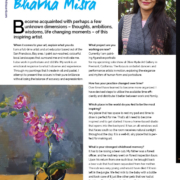


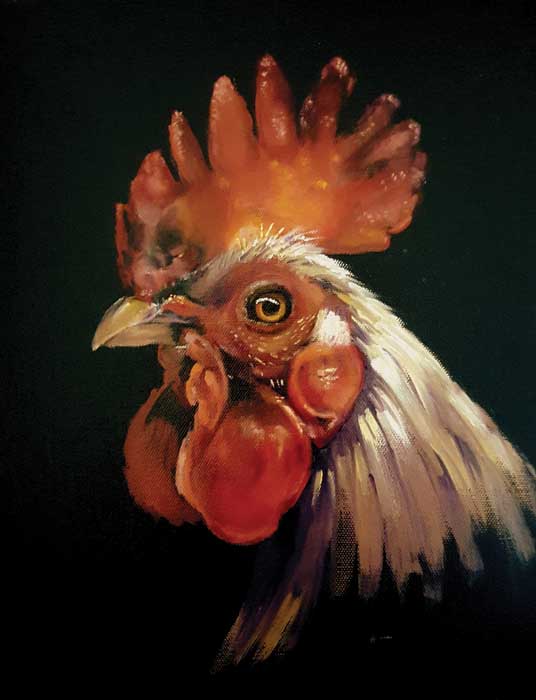
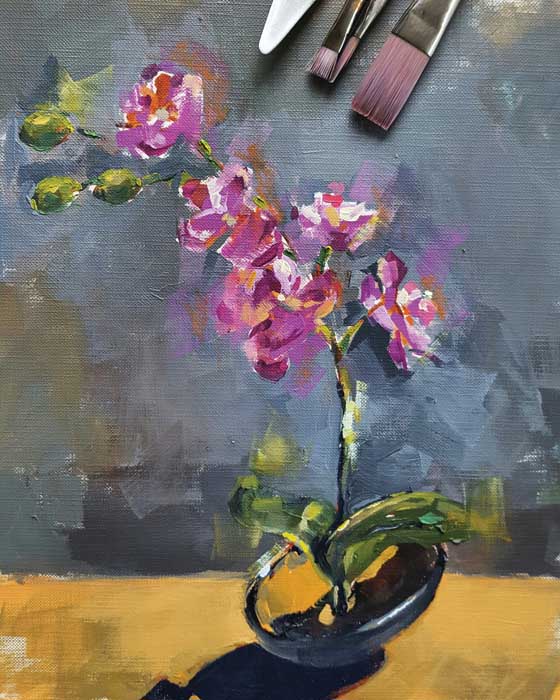
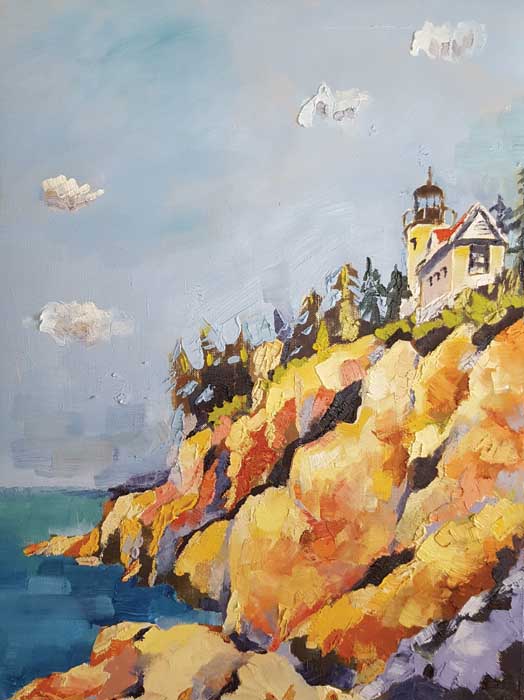
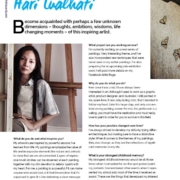


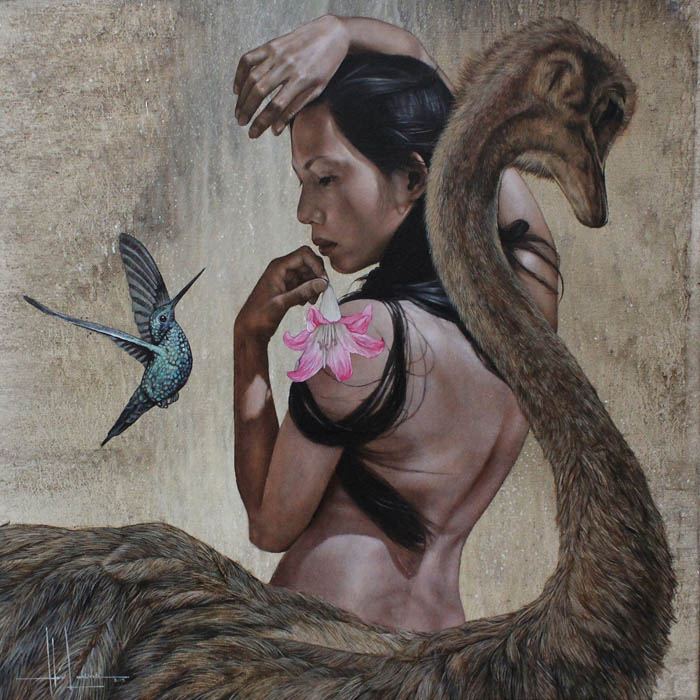
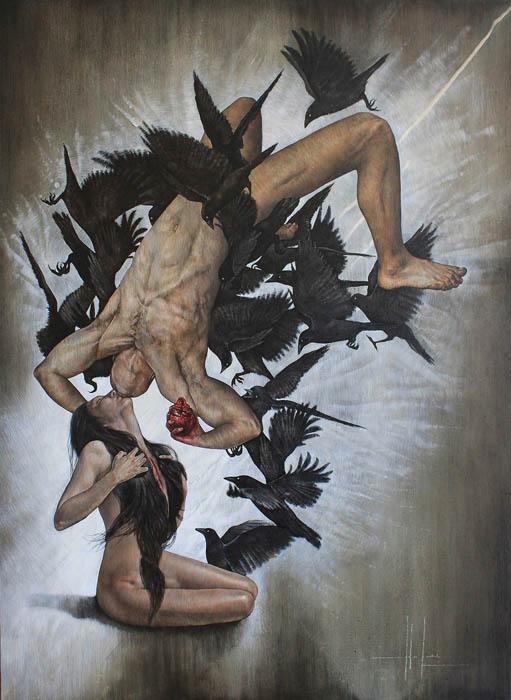
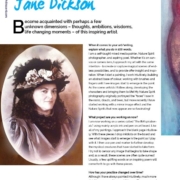

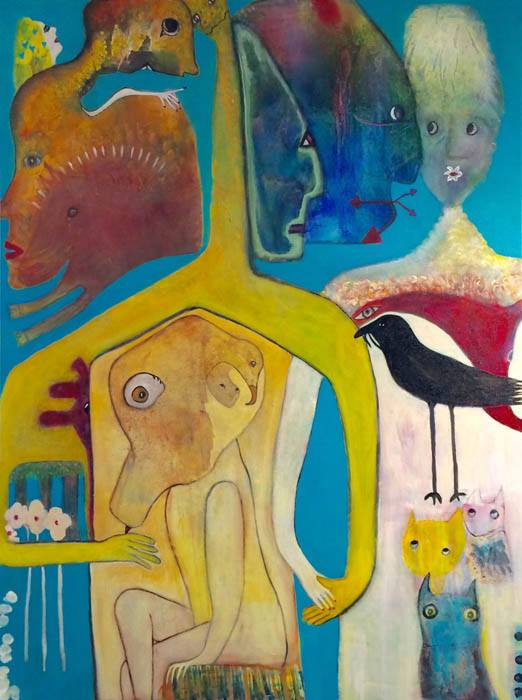
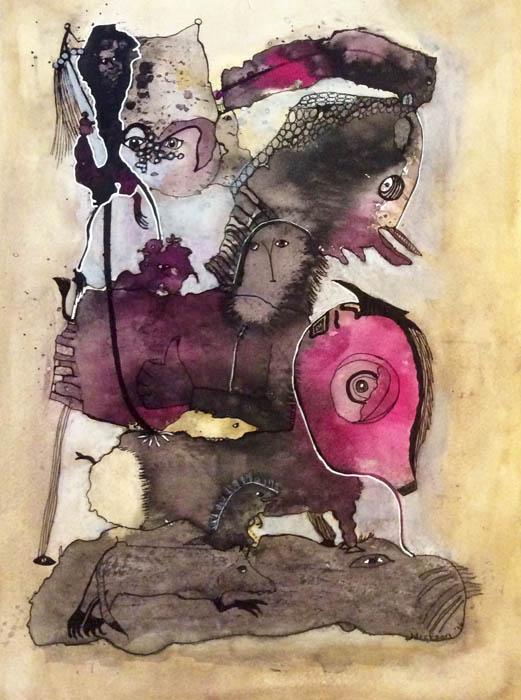
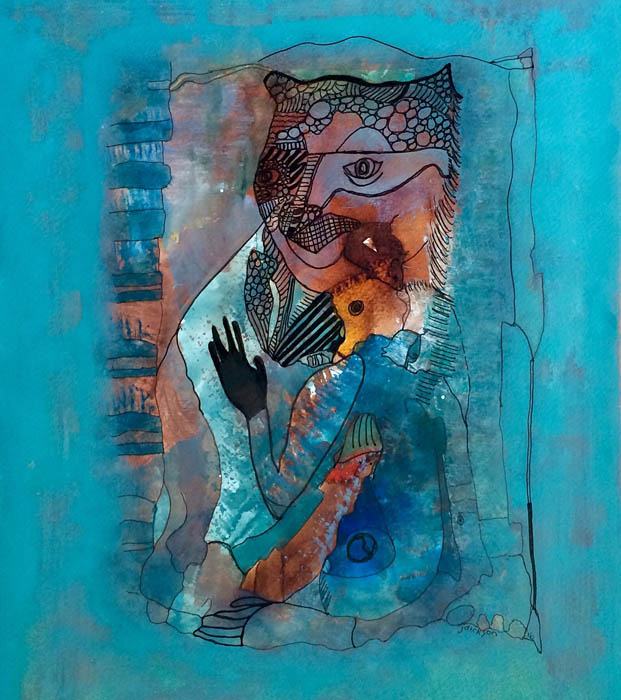

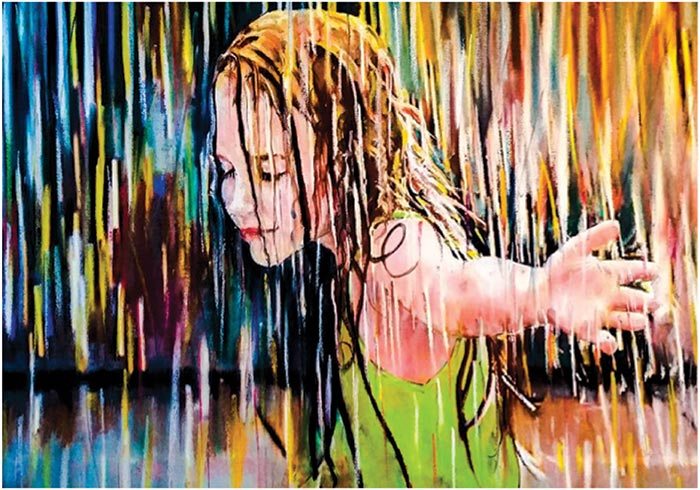


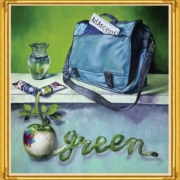
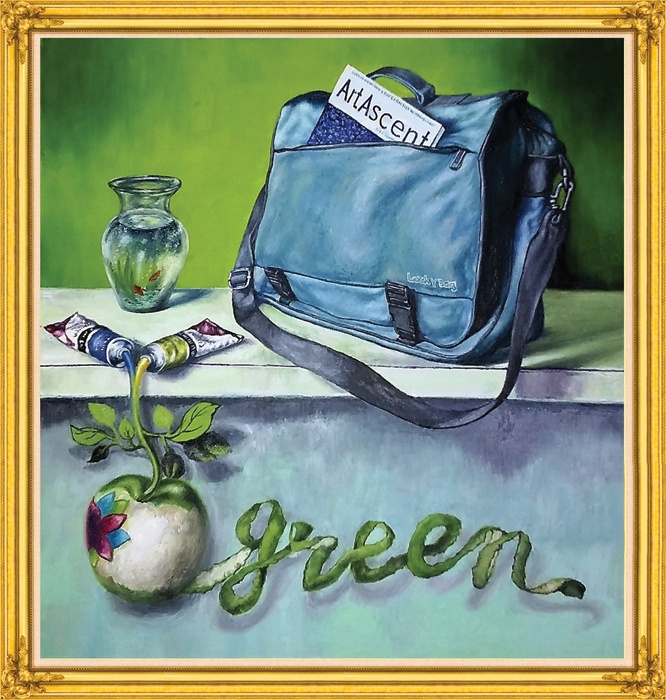
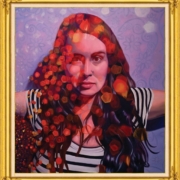
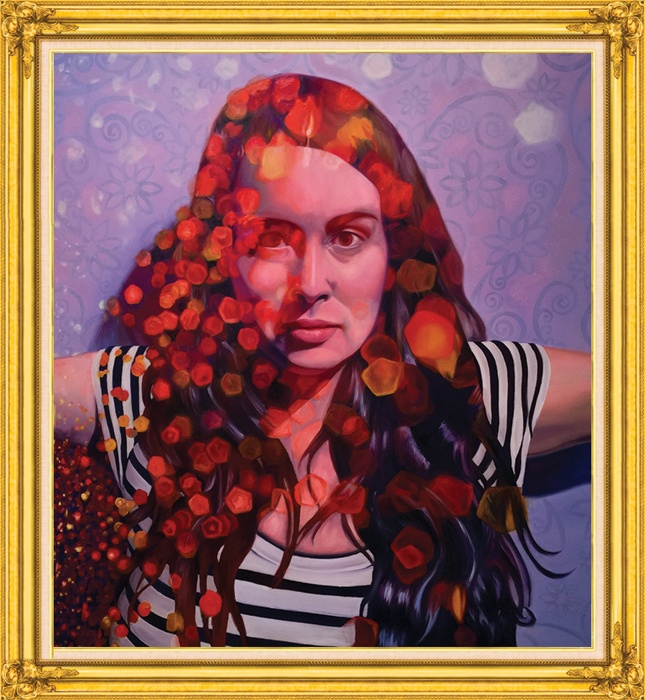
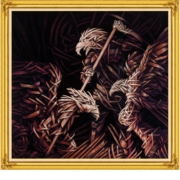
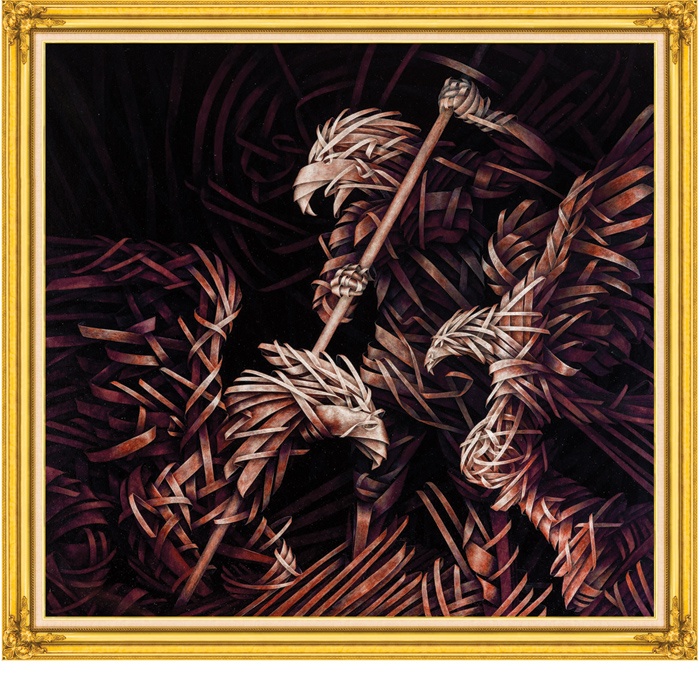


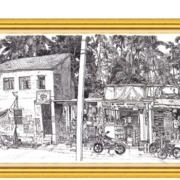
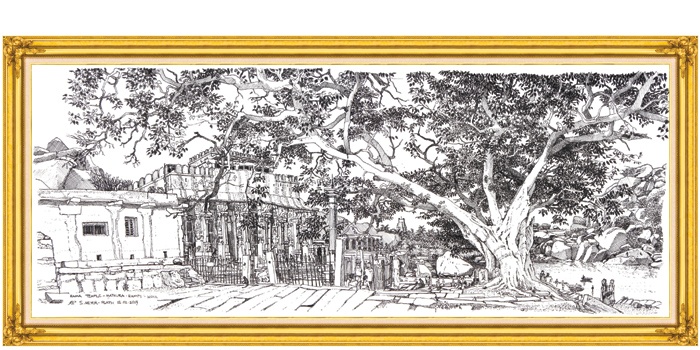
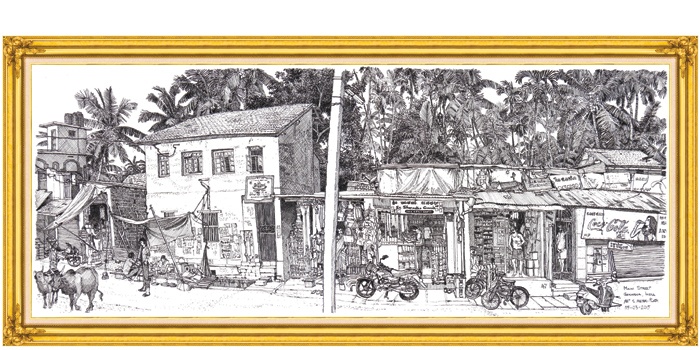
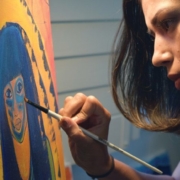
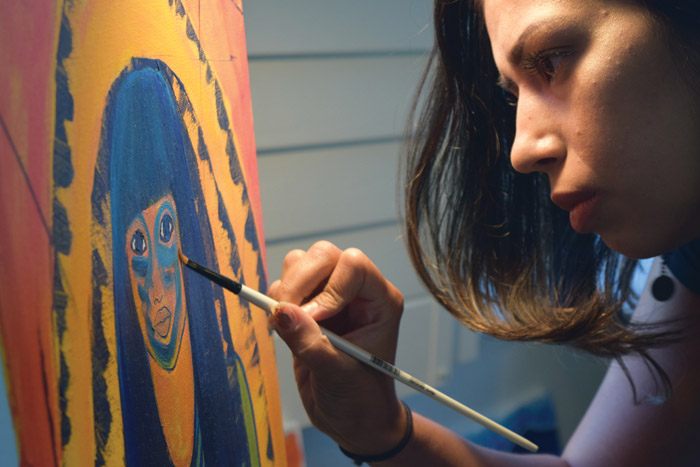
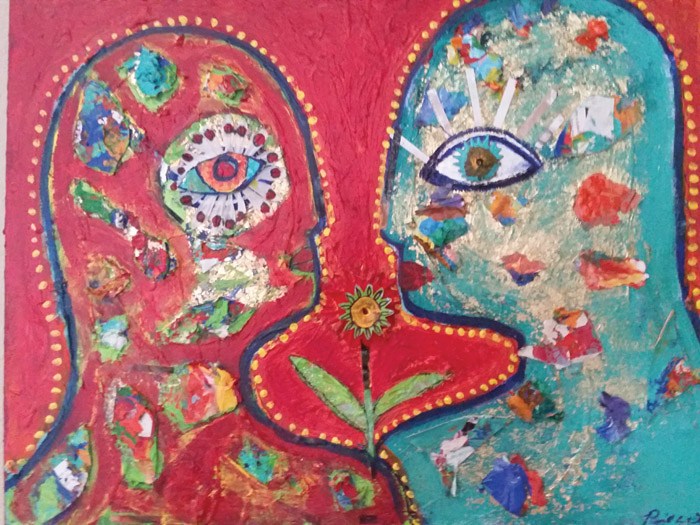
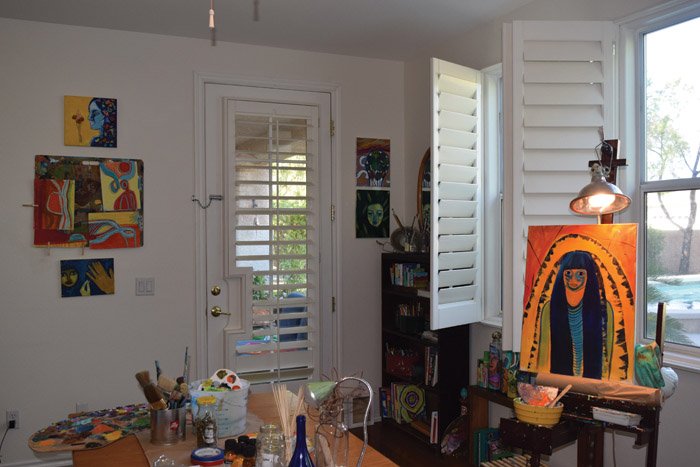
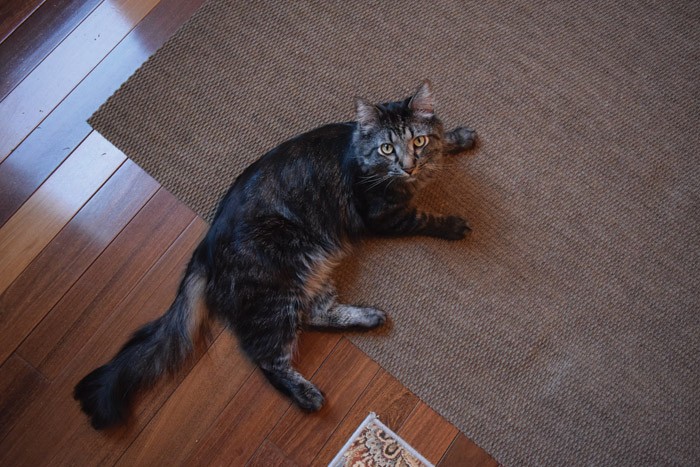
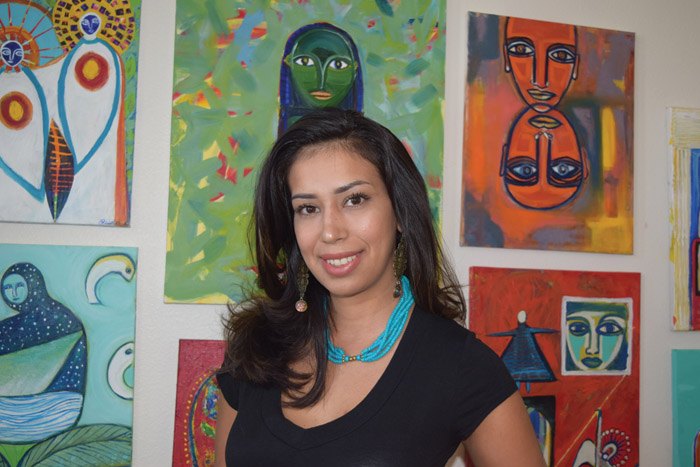
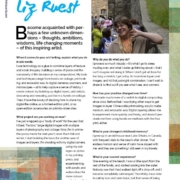
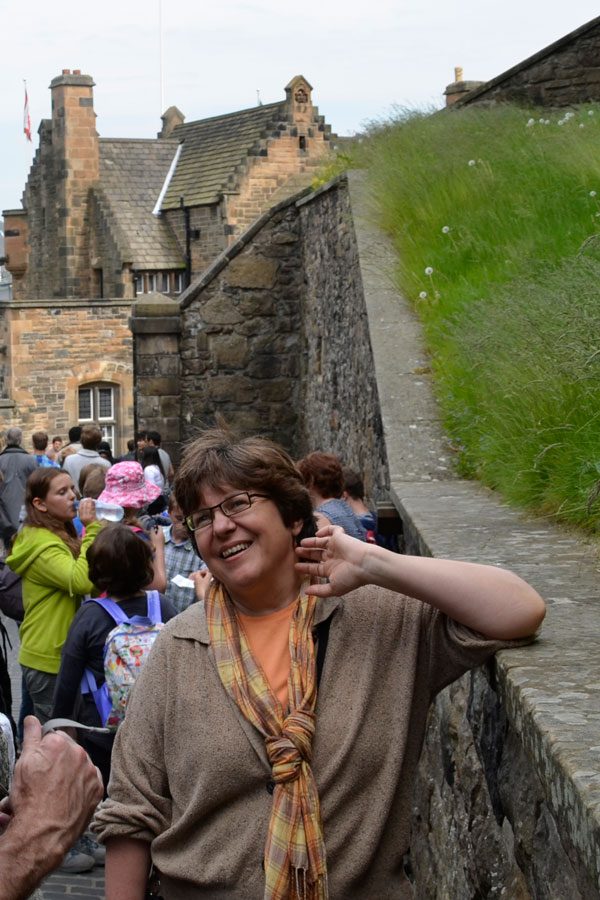
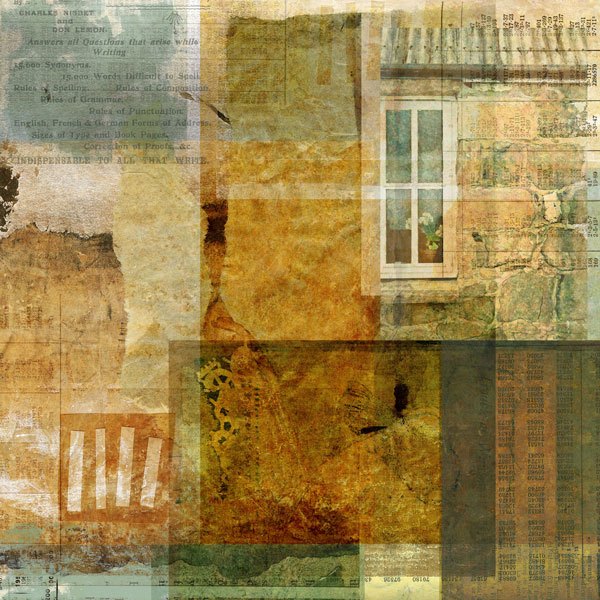

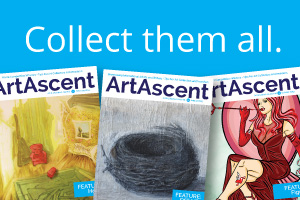

Recent Comments